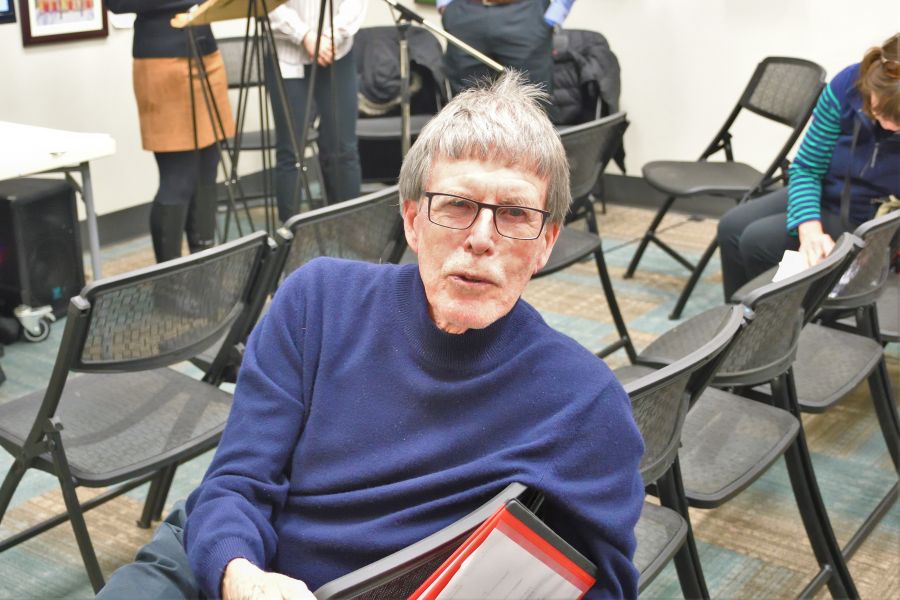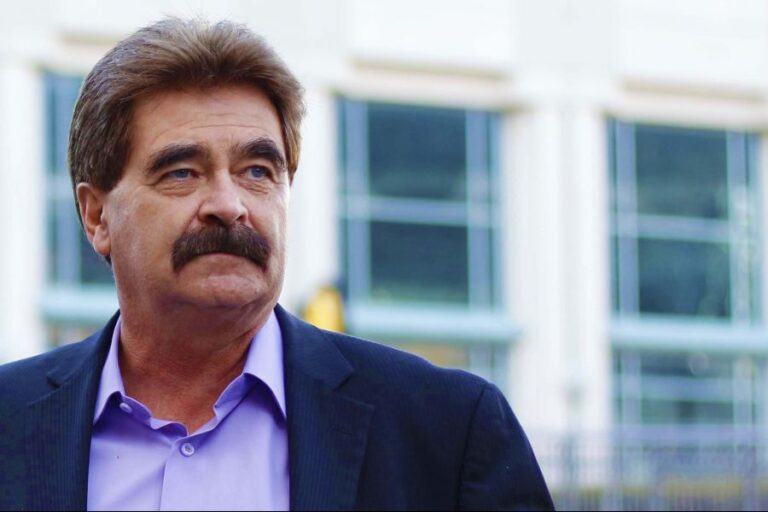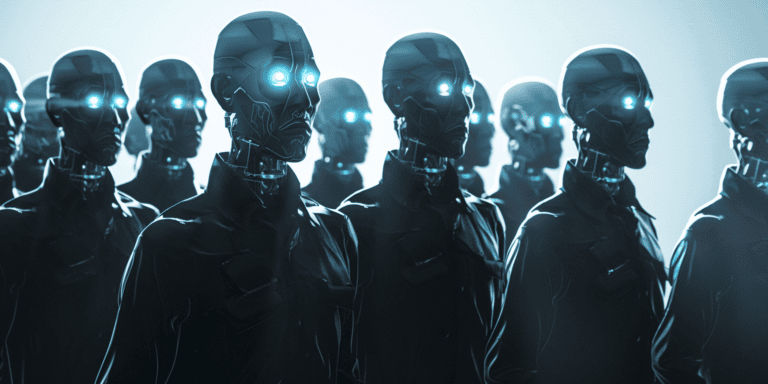Have you ever noticed that longtime close friends, partners and spouses sometimes seem to behave and even look as one, and sense what the other is feeling and thinking – even when they’re separated across a busy room.
It’s almost as if they were “entangled” in some fashion.
The whole notion of entanglement between subatomic particles began as a brilliant thought experiment created by Albert Einstein in 1933 to challenge the supremacy of quantum mechanics’ claim to be a complete description of reality.
In this thought experiment, two particles, say two photons of light or perhaps, two electrons become entangled with one another, such that a change in the property of one of the two particles, instantly changes the property of the other particle.
Entanglement was a plausible enough notion in the subatomic universe where electrons, which share an orbit, pair up, one spinning in one direction and the other, in the opposite direction.
But what if entangled electrons or quanta of light were separated by much longer distances? Quantum mechanics claims that two entangled particles would remain entangled, whatever the distance between them, and do so instantly.
According to Einstein, entanglement violates quantum physics because the behaviour of one particle dictates that of the other particle, thus upsetting Heisenberg’s uncertainty principle, which applies to all particles until they are tested.
Entanglement raised other issues. Were their limits to the distance between entangled particles, beyond which entanglement was no longer possible? And the whole notion that the change was instantaneous, conflicted with general relativity’s claim that nothing can exceed the speed of light.
Einstein’s challenge posed a huge conundrum for Bohr, Heisenberg, and the whole field of quantum mechanics because it suggested that the field was somehow incomplete, that there was something deeper at work.
However, by that time, there were more pressing interests at hand. It was already obvious that quantum mechanics worked for predicting events at the atomic and subatomic levels.
Physicists in the 1930s were increasingly aware the power of the atom could be harnessed to create enormous energy – uncontrolled in the case of the atomic bomb and controlled in the case of nuclear plants to provide energy to power cities and industries.
Few physicists in universities, test facilities such as that at CERN (the European nuclear research institute centre, near Geneva), or industries in that era were interested in Einstein’s theoretical challenge – it was enough that quantum mechanics worked.
For the next three decades no one paid much attention to Einstein’s challenge or indeed to him after he moved to Princeton University in 1933 to flee Germany when Hitler came to power.
Then in 1964 in an obscure journal, John Bell, a theoretical physicist proposed a theoretical framework and possible experiments to test Einstein’s challenge.
Beginning five years later, the first of a series of ever more precise experiments were carried out by this year’s laureates to test Bell’s theorem.
They showed that “particles carry no hidden message to account for their apparent co-ordinated behaviour. Instead, the apparent co-ordination arises from the action of measurement” in a manner consistent with quantum mechanics.
The result was Einstein’s claim that entanglement, as he envisioned it, no longer threatened quantum mechanics.
These days, entanglement is taken for granted and is a central property of quantum computers, which allows information to be coded in networks of entangled particles, so called qubits, which unlike the bits of the computers we’re familiar with, can carry far more information.
And most important for some applications, quantal information is securely encrypted beyond any possibility of hacking we’re familiar with.
Just don’t expect quantum phones or laptops any time soon. So far, the computing has to be carried out at near absolute zero – so, institutional and industrial but not handheld size.
Thermodynamics predicts that eventually the universe will run out of useable energy to generate stars and keep them humming or keep life alive. Maybe not.
Some theoretical physicists now suggest that increasing entanglement between everything in the universe including life, will be our fate. Maybe, but remember even Einstein could be wrong, too.
Dr. William Brown is a professor of neurology at McMaster University and co-founder of the InfoHealth series at the Niagara-on-the-Lake Public Library.










